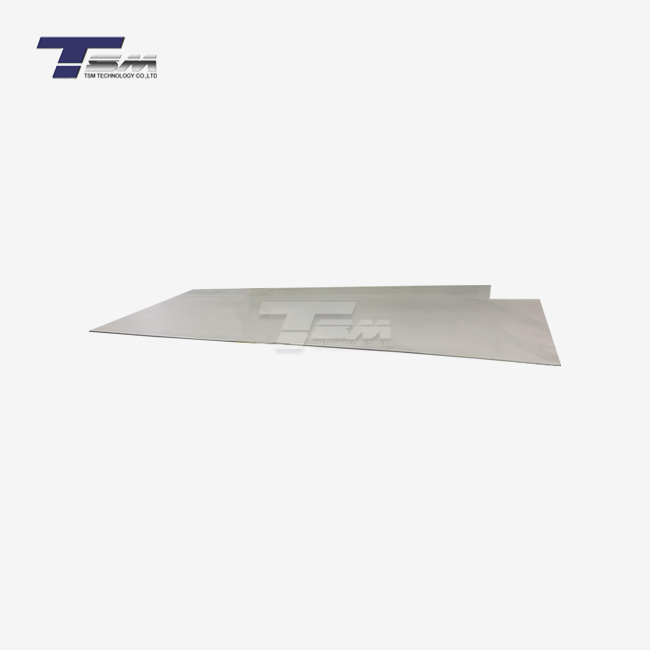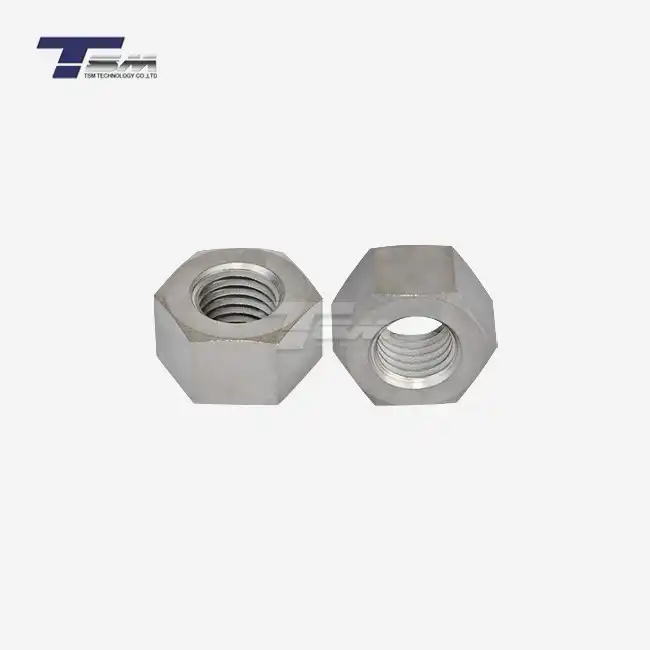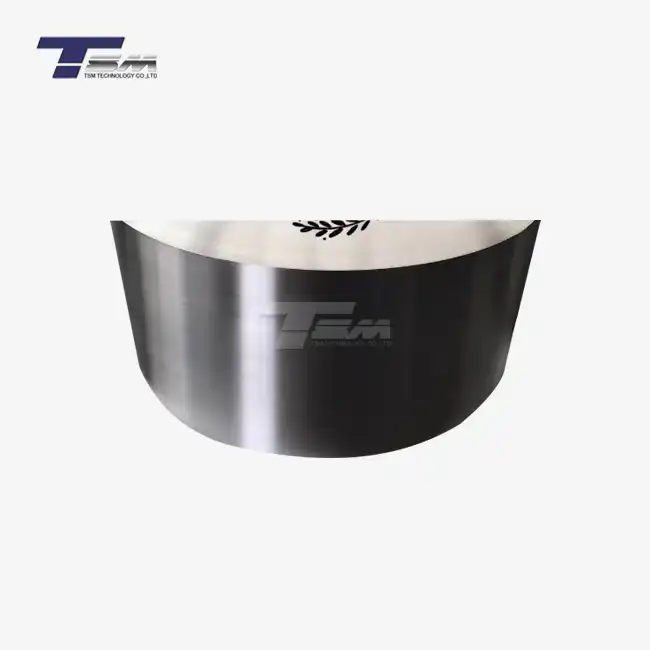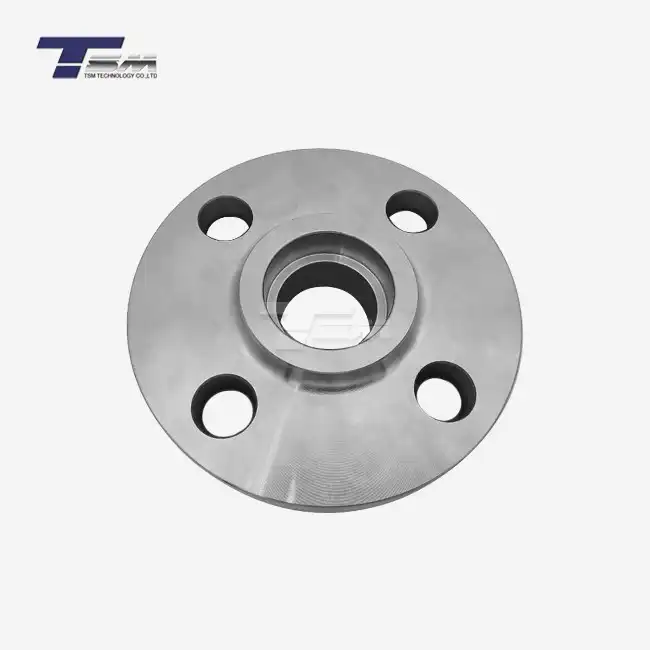- English
- French
- German
- Portuguese
- Spanish
- Russian
- Japanese
- Korean
- Arabic
- Greek
- German
- Turkish
- Italian
- Danish
- Romanian
- Indonesian
- Czech
- Afrikaans
- Swedish
- Polish
- Basque
- Catalan
- Esperanto
- Hindi
- Lao
- Albanian
- Amharic
- Armenian
- Azerbaijani
- Belarusian
- Bengali
- Bosnian
- Bulgarian
- Cebuano
- Chichewa
- Corsican
- Croatian
- Dutch
- Estonian
- Filipino
- Finnish
- Frisian
- Galician
- Georgian
- Gujarati
- Haitian
- Hausa
- Hawaiian
- Hebrew
- Hmong
- Hungarian
- Icelandic
- Igbo
- Javanese
- Kannada
- Kazakh
- Khmer
- Kurdish
- Kyrgyz
- Latin
- Latvian
- Lithuanian
- Luxembou..
- Macedonian
- Malagasy
- Malay
- Malayalam
- Maltese
- Maori
- Marathi
- Mongolian
- Burmese
- Nepali
- Norwegian
- Pashto
- Persian
- Punjabi
- Serbian
- Sesotho
- Sinhala
- Slovak
- Slovenian
- Somali
- Samoan
- Scots Gaelic
- Shona
- Sindhi
- Sundanese
- Swahili
- Tajik
- Tamil
- Telugu
- Thai
- Ukrainian
- Urdu
- Uzbek
- Vietnamese
- Welsh
- Xhosa
- Yiddish
- Yoruba
- Zulu
Unveiling the Robustness of Monel 400 Tubes
Monel 400 enjoys legendary status among nickel-copper alloys, yet many engineers still ask why. The secret hides in an extraordinary balance of nickel (≈ 67 %) and copper (≈ 30 %) that delivers salt-spray stamina, high-yield muscle, and thermal poise. A Monel 400 tube combines these traits with seamless construction, so it resists pitting, stress-corrosion cracking, and velocity-induced erosion that plague common stainless grades. Shipbuilders, chemical processors, and oil-and-gas operators rely on this alloy to carry brine, sour gas, or hydrofluoric acid without flinching. The following deep dive explores the alloy's metallurgical DNA, performance metrics, and sourcing wisdom to guide precise specification and confident purchase decisions.
Metallurgical DNA: Why Monel 400 Tubes Laugh at Corrosion?
Nickel-Copper Synergy Explained
Nickel provides the face-centered cubic lattice that grants Monel 400 extraordinary ductility down to cryogenic temperatures, while copper injects noble-metal character that hinders anodic dissolution. Trace iron (≤ 2.5 %), manganese, and silicon fine-tune grain boundaries, allowing the alloy to repassivate instantly when scratched. This electrochemical stability equals a corrosion rate below 0.02 mm/y in fast-flowing seawater - numbers that would embarrass duplex stainless. Neither deaerated hydrochloric acid nor hydrofluoric acid at ambient pressure triggers active corrosion, so a Monel 400 pipe often transports HF alkylation feed safely where carbon steel scales away.

Seamless Versus Welded Morphology
Seamless tubes (ASTM B165) start as hot-pierced hollows and finish by cold drawing, creating uniform wall thickness from 0.5 mm to 20 mm. The absence of a weld zone reduces micro-segregation and eliminates heat-affected soft spots. Welded products (ASTM B730) answer projects demanding atypical diameters or long spool lengths. Precision TIG autogenous welding with argon-helium blends prevents carbide precipitation, and subsequent stress relief at 760 °C re-equalizes lattice strain. When flow rates exceed 9 m/s, seamless constructions gain an edge, while welded Monel tubing remains cost-savvy in static condensers.
Passivation Phenomenon in Marine Media
Exposing Monel 400 to chloride-rich brine induces a thin, protective cuprous oxide film. Unlike chromium oxide on stainless steel, this film keeps forming even when scratched, so pitting rarely propagates. Bio-fouling organisms dislike the copper-rich surface, giving the alloy a natural anti-microbial trait - critical for ballast-water coolers or desalination units. Engineers often measure open-circuit potential at + 0.29 V (SCE), placing Monel above aluminum bronzes and just under pure copper, which minimizes galvanic mismatch when paired with titanium heat-exchanger plates via insulated joints.
Engineering Triumphs: Performance Metrics That Matter
Tensile Tenacity and Yield Profile
A Monel 400 tube exhibits a minimum yield strength of 170 MPa and ultimate tensile strength around 480 MPa in the annealed state, but those numbers climb near 825 MPa after cold-work. Even at -196 °C, elongation stays above 30 %. This cold-toughness prevents brittle fracture in LNG vaporisers or cryogenic pump shafts. Compare that with 300-series stainless, whose yield collapses under similar chills, and the mechanical advantage becomes obvious.
Thermal Conductivity Under Cycling Heat
With thermal conductivity of 22 W/m·K - about one-third of copper but double that of 316 L - Monel 400 balances heat transfer with structural stamina. Repeated thermal cycling between -100 °C and 400 °C introduces minimal creep because the alloy's low coefficient of thermal expansion (13.9 µm/m·°C) aligns closely with carbon steel. Heat-exchanger designers often select Monel tubing to mitigate differential-expansion stresses between tubes and steel tube-sheets, achieving leak-free joints over thousands of startups.
Pressure Rating in Subsea Assemblies
Wall thickness dictates pressure limits, yet alloy integrity sets the ceiling. Using ASME B31.3 equations, a 25 mm OD × 2.11 mm wall Monel 400 pipe withstands more than 37 MPa at 100 °C, maintaining a 3.5 safety factor. Subsea umbilicals pumping methanol for hydrate inhibition rely on such margins because rapid--depressurization embrittlement is negligible. The alloy's resistance to chloride-stress cracking means maintenance divers rarely visit these lines, slashing life-cycle risk.
Sourcing Wisdom: How to Specify, Handle, and Benefit from Monel Tubing?
Dimensional Standards and Codes
Refer to ASTM B165 for seamless or ASTM B730 for welded options. Sizes typically range from 6 mm × 1 mm instrumentation coils to 273 mm × 12.7 mm process headers. NACE MR0175 compliance requires sulfur ≤ 0.005 % to avoid sulfide-stress cracking in sour gas. For nuclear service, demand ASME SB-165 with Section III certification. Always state outer diameter, wall thickness, permissible eccentricity, required straightness, and maximum hardness to escape ambiguity.
Machining, Bending, and Joining Tips
The alloy's strain-hardening exponent is substantial, so sharp carbide tooling, slow surface speed (20-30 m/min), and generous coolant guard against work-hardening. Mandrel bending down to 1.5 D yields wrinkle-free elbows when tubes are annealed at 850 °C afterward. For joining, TIG with ERNiCu-7 filler or pulsed GMAW achieves sound fusion. Automatic orbital weld heads simplify high-purity loops, with helium-mass spectrometer testing confirming leaks below 1 × 10⁻⁹ mbar·L/s.
Lifecycle Economics and Sustainability
Initial cost of Monel 400 tube can overshadow stainless by two to five times, yet total ownership often flips the equation. A seawater cooler needing grade 316 tubing may require replacement every 3-4 years, incurring production outages. Installing Monel once and running beyond 20 years slashes downtime, energy, and scrap metal. Nickel and copper recycling rates above 90 % add sustainability credence, aligning with ISO 14001 targets and ESG scorecards.
Conclusion
Monel 400 proves that material choice can be both pragmatic and visionary. Its nickel-copper lattice resists chemical outrage, its mechanical backbone survives cryogenic shocks, and its lifecycle arithmetic rewards long-term thinking. Engineers who internalize these facets wield a tube or pipe capable of outperforming flashier alloys when the world turns hostile.
Contact Us
For more information about our Monel 400 tubes and other superior alloy products, please contact us at info@tsm-technology.com. Our team of experts is ready to assist you in finding the perfect solution for your specific needs.
References
ASM Metals Handbook, Volume 2: Properties and Selection - Nonferrous Alloys and Special-Purpose Materials, ASM International
ASTM Standard Specification B165/B730 for Nickel-Copper Alloy Seamless Pipes and Tubes, ASTM International
Schumacher, R., Performance of Nickel-Copper Alloys in Marine Environments, Corrosion Journal, 2018
Brooks, J., and Lampman, S., Nickel and High-Temperature Alloys, ASM Specialty Handbook
Molyneux, A., Economic Evaluation of Nickel Alloys in Chemical Processing, Journal of Materials Engineering, 2020
The Nickel Institute, Monel Alloy 400 Technical Overview, Publication 10014
Learn about our latest products and discounts through SMS or email



